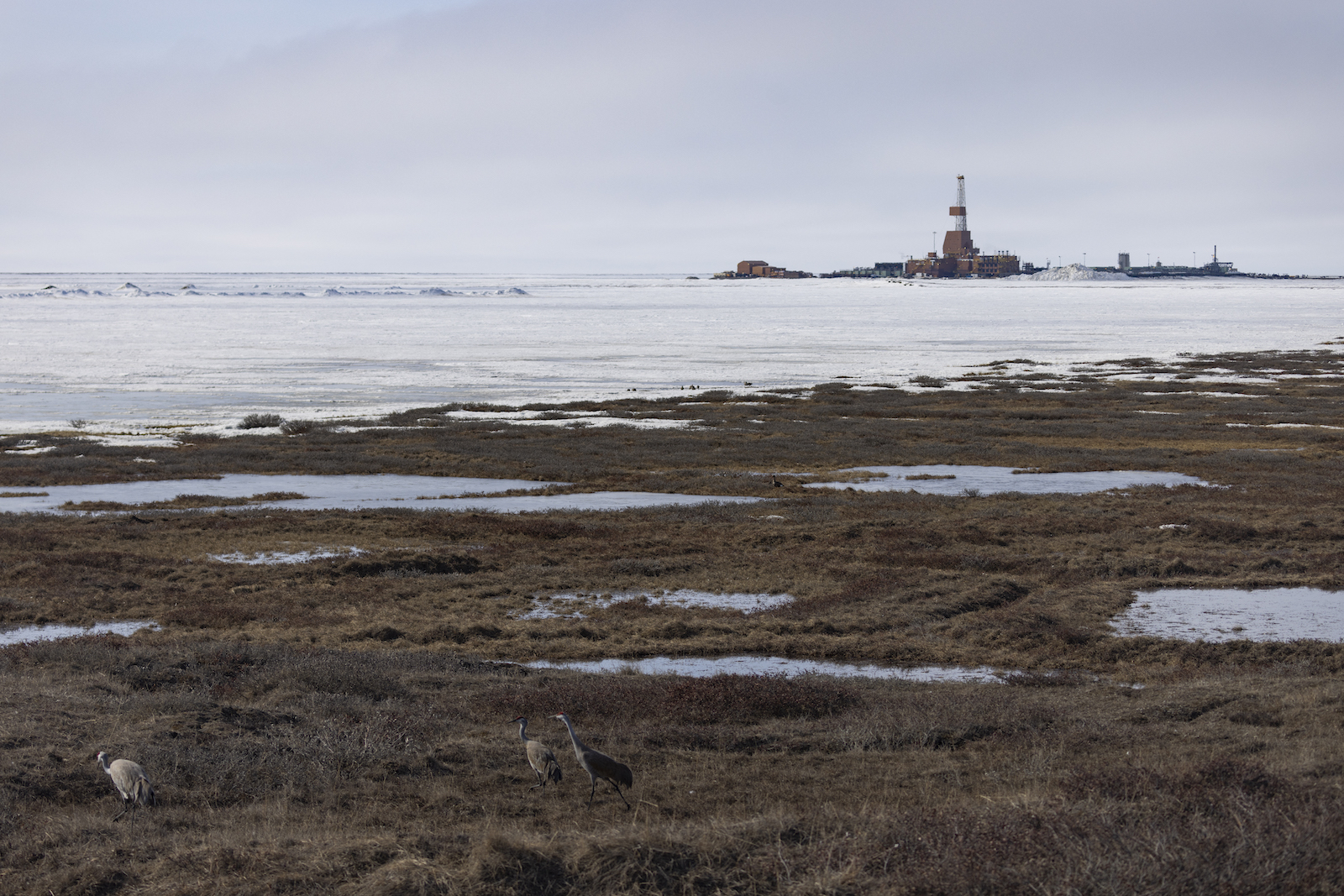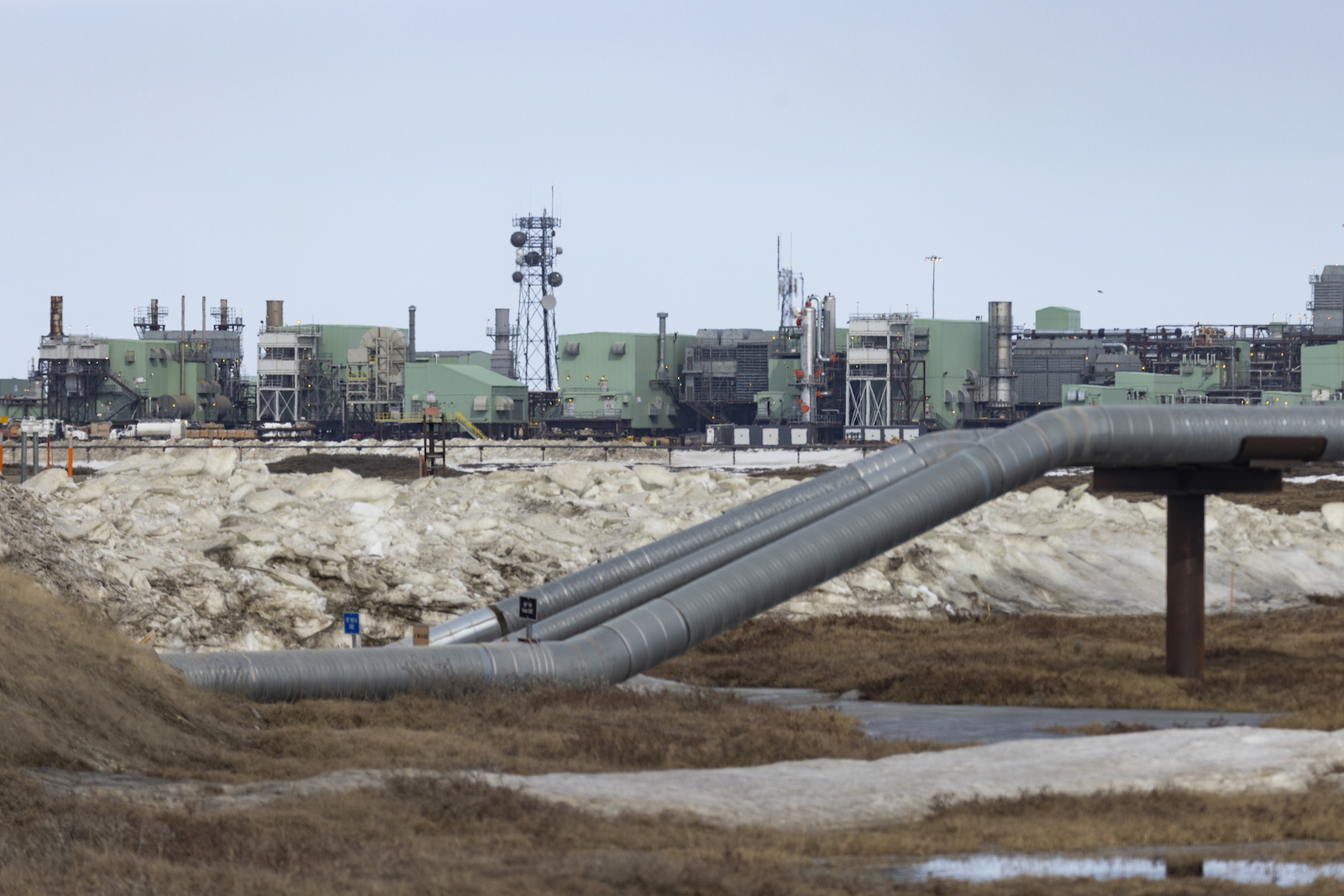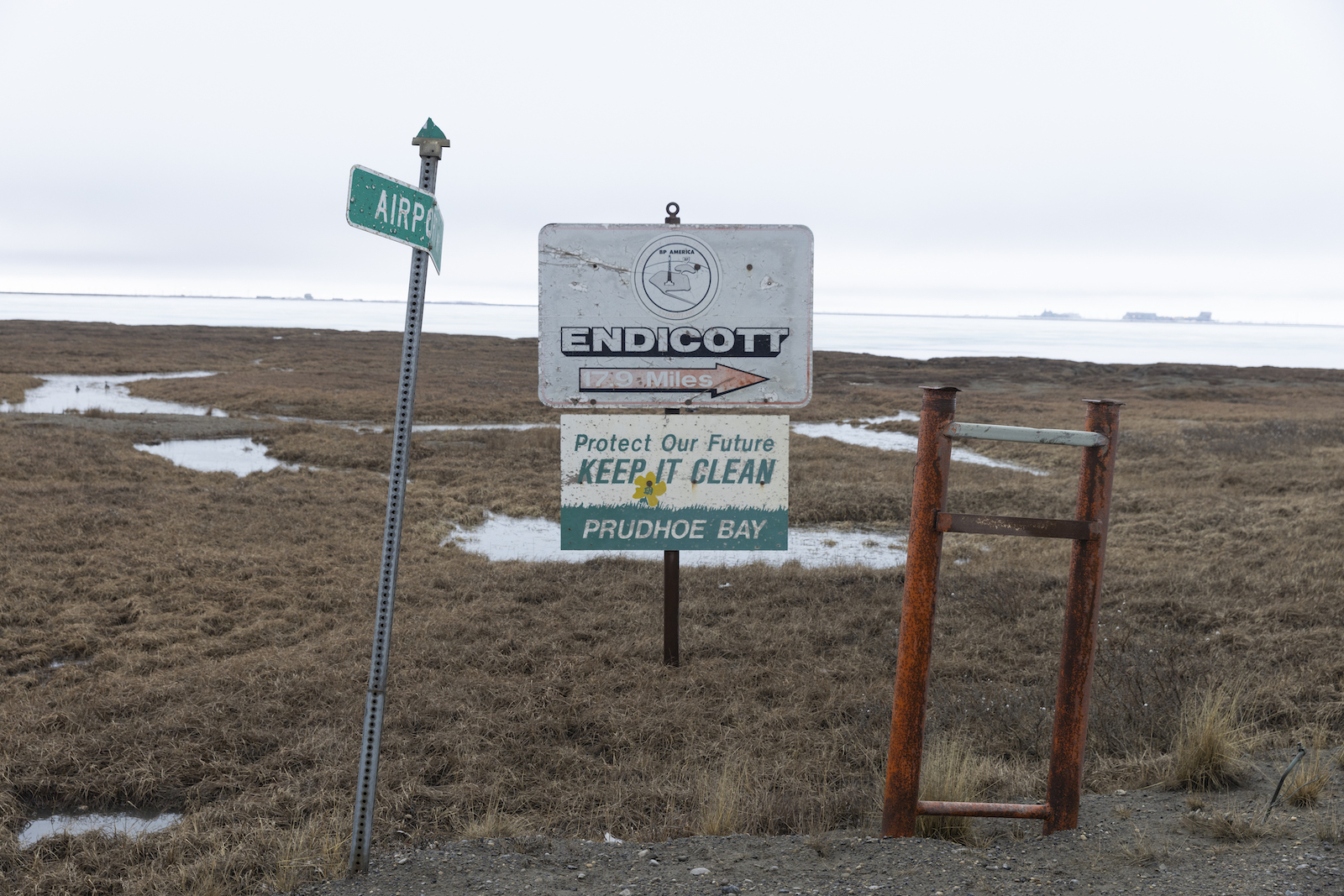This article was produced in partnership with Type Investigations, where Adam Federman is a reporting fellow.
Along an open stretch of tundra far above the Arctic Circle, a gas flare burns bright against the early morning sky. The oil production facility, about eight miles north of the Alaska Native Village of Nuiqsut, sits like a ship on the horizon. Known as CD1, it is ground zero for ConocoPhillips’ Alpine Field, a sprawling network of gravel roads, pipelines, and well pads that covers about 165 acres of land. The CD1 pad houses hundreds of employees and has its own airstrip to receive direct flights from Anchorage. ConocoPhillips refers to it as “our town.”
On March 4, the fossil fuel company reported an uncontrolled gas leak at the facility. According to ConocoPhillips’ own analysis, an estimated 7.2 million cubic feet of natural gas was released into the atmosphere during the first five days of the leak, equivalent to the annual carbon emissions of over 3,000 cars. Residents in Nuiqsut complained of headaches and nausea. ConocoPhillips brought in industry specialists from Texas with experience fighting oil well fires in Iraq and Kuwait. Then, around noon on March 7, the company decided to evacuate 300 employees from the pad out of “an abundance of caution.” It would take nearly a month before the leak was fully plugged.
Nuiqsut’s mayor, Rosemary Ahtuangaruak, had been getting little sleep during those first few weeks and was anxious about the village’s air quality — an ongoing concern for residents of Nuiqsut, which is surrounded by oil and gas development. ConocoPhillips had reached out to the community to provide updates, but information was hard to come by, in part because it took several weeks for the company to fully understand what had happened.
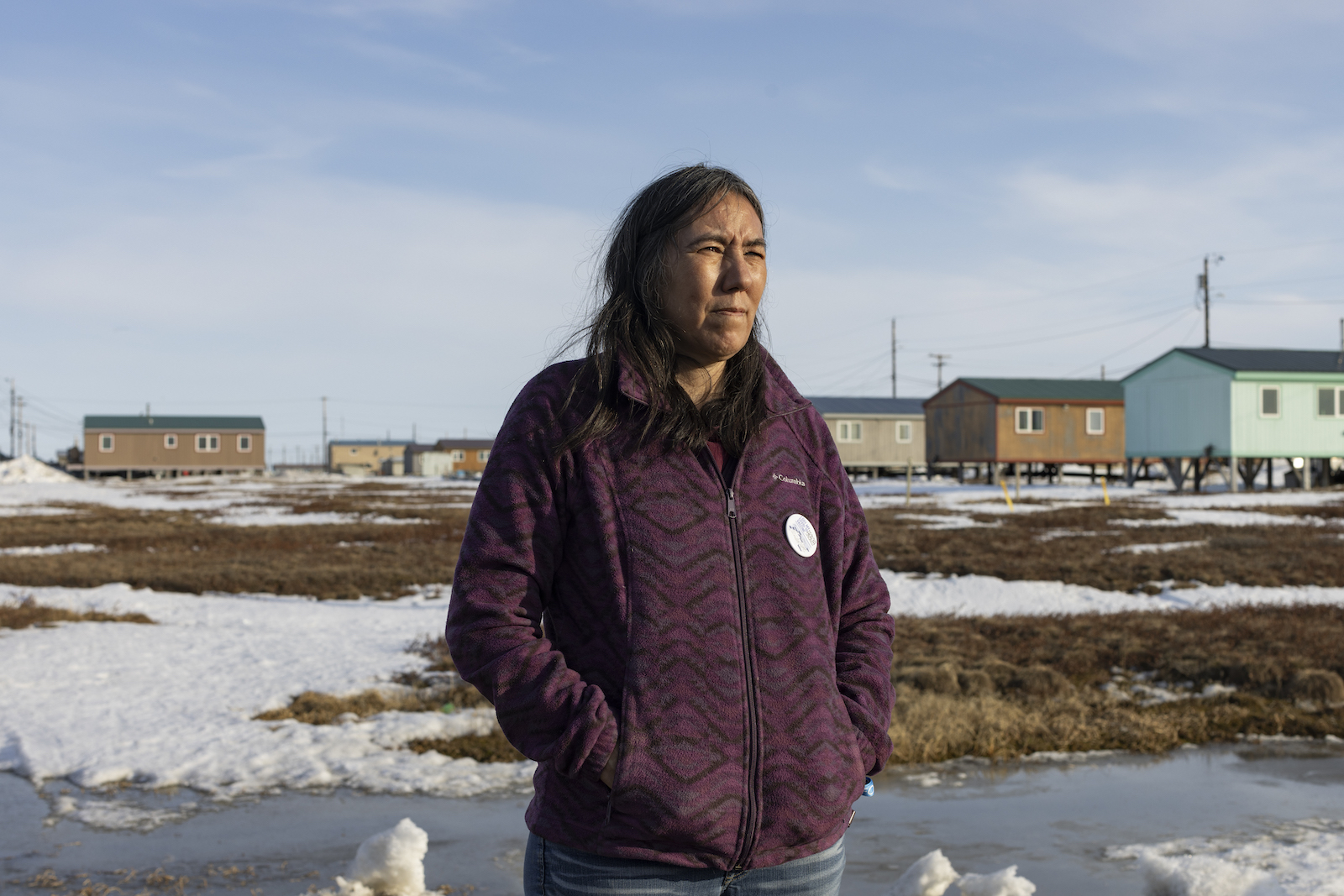
More than a week passed before the Alaska Oil and Gas Conservation Commission, the state agency that regulates drilling on both state and federal land, had someone on the ground at CD1. The state’s spill response division, known as the Prevention, Preparedness, and Response program, or PPR, was frustrated with ConocoPhillips’ response, according to dozens of emails obtained by Grist and Type Investigations.
“I’m having difficulty getting the information PPR needs regarding the situation at CD 1,” the northern region manager wrote in an email to ConocoPhillips nearly a week into the event.
While some questions remain unanswered more than six months later, it’s clear now that the gas leak at Alpine illuminated the ways that climate change is amplifying the risks associated with oil and gas drilling in the Arctic — and even creating new ones. Permafrost thaw, which is accelerated by drilling and new construction, played an important role in the leak: In its incident report submitted to the state, ConocoPhillips explained that the heat generated by the injection of drilling fluids deep underground had thawed the permafrost layer — ground that had been frozen for thousands of years — to a depth of about 1,000 feet, which ultimately allowed the gas to reach the surface.

But the problem didn’t end there. This same thawing process had affected some of the neighboring wells — there are about 50 wells on the CD1 pad, each about 10 feet apart — forming what Steve Lewis, a retired petroleum engineer who worked in the region for 20 years, described as a “gas highway,” creating multiple pathways for the gas to migrate. In its report, ConocoPhillips called this phenomenon a “thaw bulb.”
A similar phenomenon is being replicated across Alaska’s North Slope region at a time when the Arctic is warming two to four times faster than the rest of the planet. According to an analysis by researchers at the University of Alaska Fairbanks, more than half of the near-surface permafrost on the North Slope could disappear by 2100 if emissions aren’t curbed. Soil temperatures at Prudhoe Bay, which is about 60 miles east of Nuiqsut, have already warmed by about 6 degrees Fahrenheit since the late 1970s.
Permafrost thaw can cause the ground to buckle and in some cases collapse. Roads, pipelines, and well pads could all potentially be compromised and even in some cases rendered unusable, according to Vladimir Romanovsky, a permafrost expert and emeritus professor at the University of Alaska Fairbanks. Portions of the Trans-Alaska Pipeline, the 800-mile conduit that runs from Prudhoe Bay to Valdez, have already been damaged due to thawing permafrost.
Pipes curve near the CD1 pad at Alpine oil development area northwest of Nuiqsut, left. Windblown signs, right, stand long the road in Prudhoe Bay, Alaska. Nathaniel Wilder
According to interviews with former petroleum engineers and geologists who have worked on the North Slope, state and federal oversight of oil and gas drilling has not kept pace with the changes wrought by a warming climate. The Alpine leak exposed deep flaws in ConocoPhillips’ understanding of the region’s geology, but regulators at the Department of the Interior and the Alaska Oil and Gas Conservation Commission, or AOGCC, continue to rely largely on the company’s assurances and proprietary data as it embarks on major new development projects.
Despite the risks, Alaska’s political leaders remain determined to expand oil and gas development on the North Slope, including in the Arctic National Wildlife Refuge. In Alaska, the fossil fuel industry is deeply intertwined with the state officials who regulate it: Republican Governor Mike Dunleavy’s former chief of staff, Ben Stevens, is now vice president of external affairs at ConocoPhillips Alaska. Dunleavy also appointed Jeremy Price, another top aide and a former lobbyist with the American Petroleum Institute, to head the AOGCC, which is overseeing the investigation into the Alpine leak and has not yet released its findings. (Price stepped down in late September to work for an oil refinery out of state.)
The company’s own preliminary analysis revealed several missteps that led to the leak. “ConocoPhillips screwed up in a number of different ways,” said Mark Myers, a retired petroleum geologist who served as director of Alaska’s Division of Oil and Gas from 2001 to 2005.
In a written statement, an AOGCC spokesperson said that the agency is aware of problems created by thawing permafrost and has addressed the issue in the past by modifying its drilling requirements. “AOGCC has some of the strongest regulations in the country in terms of drilling and well construction,” the spokesperson wrote. The commission would not comment on whether it plans to make additional changes because of the Alpine leak but said it “continuously evaluates the adequacy of our regulations.”

The Department of the Interior says it has collected permafrost temperature data from unplugged legacy wells on the North Slope for more than 20 years, in partnership with the U.S. Geological Survey, and continues to monitor the changes closely. “Preliminary data supports temperatures warming at approximately 0.1°C/year,” the department said in a written statement, “though additional data is needed to better characterize the changes spatially.”
But long-held assumptions about oil and gas drilling on the North Slope may no longer apply. Scientists and engineers who spoke to Grist and Type Investigations were far less certain about the future of development in an area experiencing such rapid warming.
“The assumed structural integrity of the permafrost is basic to the design of both surface facilities and well construction,” Lewis said. “If that premise is questionable, the entire design philosophy of North Slope development becomes suspect.”
As ConocoPhillips struggled to control the leak during those first few days in March, Nuiqsut residents were worried that a single spark could lead to a far more dangerous situation. If just one well had caught fire, according to Lewis, it could have led to a series of explosions. Terza Hopson, a young mother who is expecting a second child in October, drove her family and their two dogs and cat to Anchorage, more than 800 miles away.
Hopson said that she grew alarmed when she heard of ConocoPhillips’ decision to evacuate its own employees, as well as rumors that the company was bringing in buses to prepare for a larger emergency. At least 20 other families left the village during that first week, according to Ahtuangaruak.
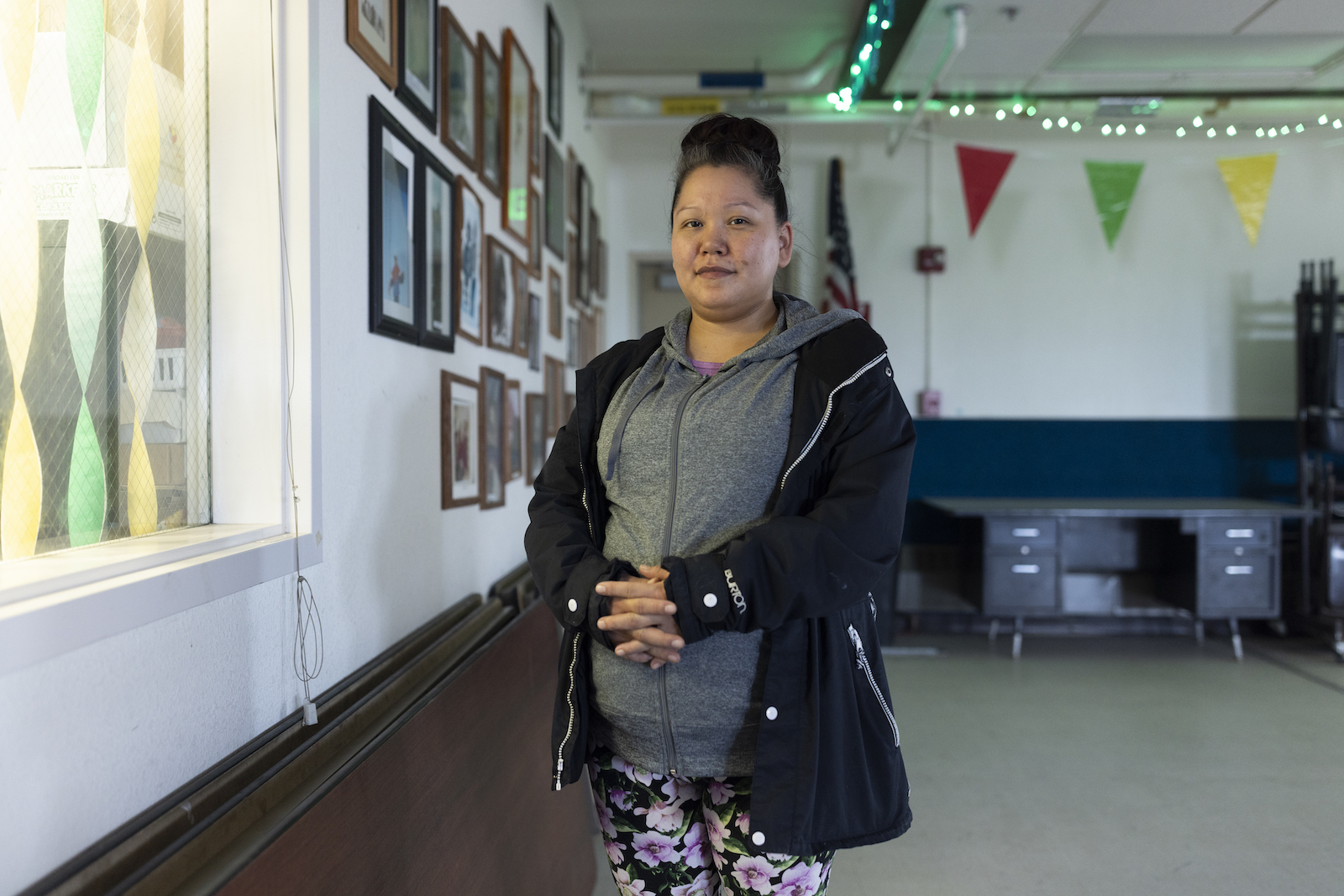
“We were scared,” Hopson told me. “My concern was my unborn child. I wasn’t going to try to endanger my child.”
Nevertheless, oil and gas development continues nearby. As Mayor Ahtuangaruak focused on keeping her town safe during the leak, she was also preparing for the next big battle on the North Slope. ConocoPhillips’ Willow project, one of the largest proposed onshore oil and gas developments in the United States, lies about 30 miles west of Alpine in the government-managed National Petroleum Reserve. The Department of the Interior approved the project during the final months of the Trump administration. In August of last year, however, a federal judge ruled that the legally required environmental analysis did not sufficiently address the project’s anticipated greenhouse gas emissions, among other flaws, and ordered the department to redo portions of its environmental impact statement.
If the Willow project is approved, it would allow for more than 250 wells, dozens of new gravel roads, and up to two airstrips. The project would produce an estimated 284 million metric tons of carbon dioxide over its 30-year lifetime, according to the most recent environmental impact statement. The Center for American Progress, a Democrat-aligned think tank, has described the project as a “carbon disaster.”
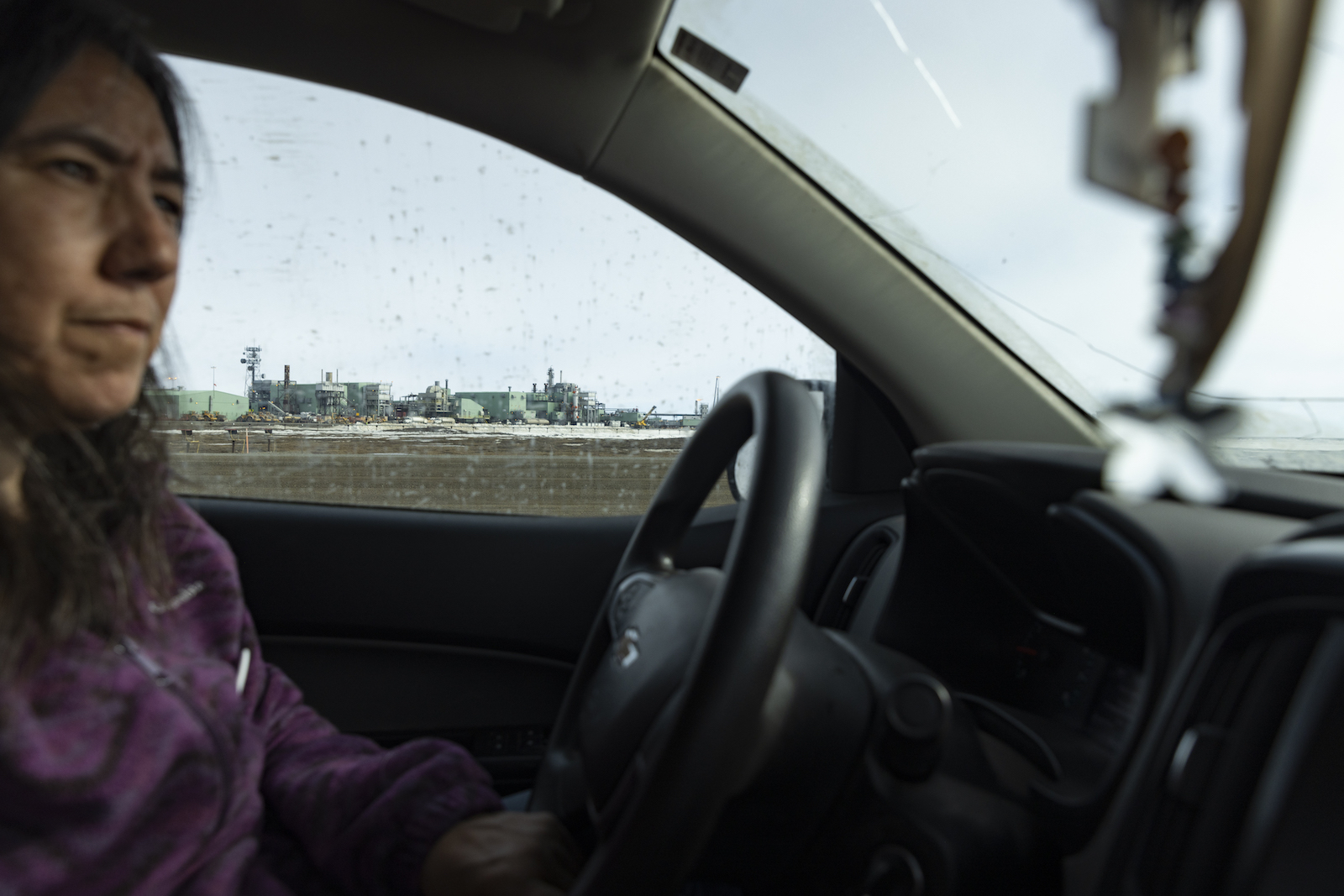
Nevertheless, the Biden administration has supported Willow since the president took office, even though it threatens to derail the White House’s climate goals by locking in decades of fossil fuel drilling. Russia’s invasion of Ukraine, which has squeezed global energy supplies, has only strengthened calls to boost oil and gas production on the North Slope. In early July, the Interior Department released a new draft of the environmental analysis providing a wider range of possible development scenarios, including one that would reduce the project’s overall footprint.
The department has sent mixed signals in its rollout of the document. It originally posted an obsolete version, which included language suggesting that the agency was legally obligated to greenlight the project. This draft was later removed and replaced with one that did not indicate a preferred development scenario. The department also initially promised Nuiqsut a longer comment period, but it later reversed course without explanation and ultimately gave the public just 45 days, the minimum required by law. A final decision is expected later this year.
This has all served to heighten tensions in Nuiqsut, where Willow has been a source of controversy for several years. In 2019, tribal leadership passed resolutions opposing the project and urging federal and state agencies to undertake baseline environmental studies before approving any new development.
“The Tribal Council of the Native Village of Nuiqsut objects to the continued practice of approving oil and gas exploration and development activities in a piecemeal fashion and without [a] thorough understanding of how these activities are affecting our lands, waters, and air,” the council wrote.
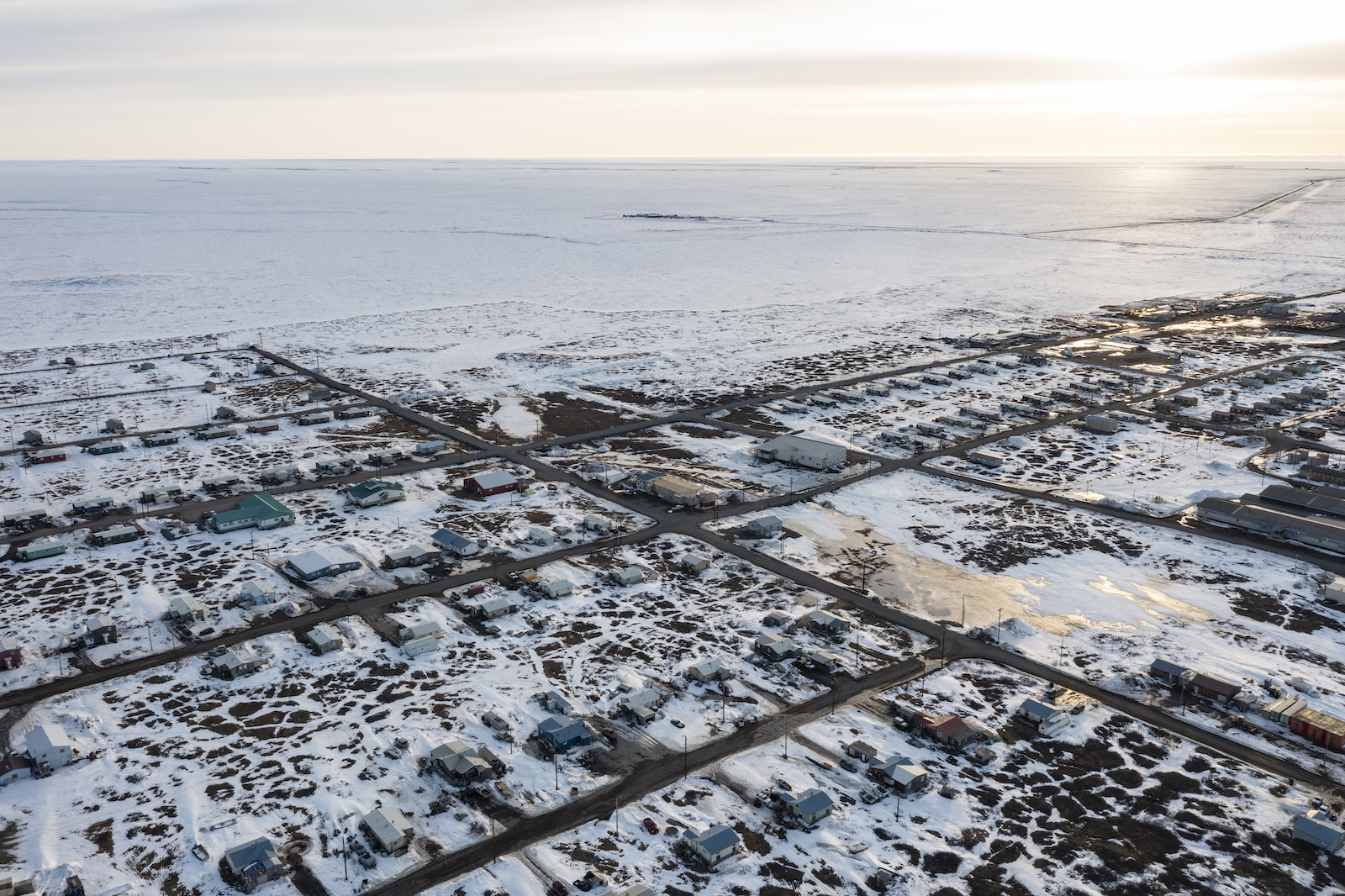
Snow covers houses in the village of Nuiqsuit. Nathaniel Wilder
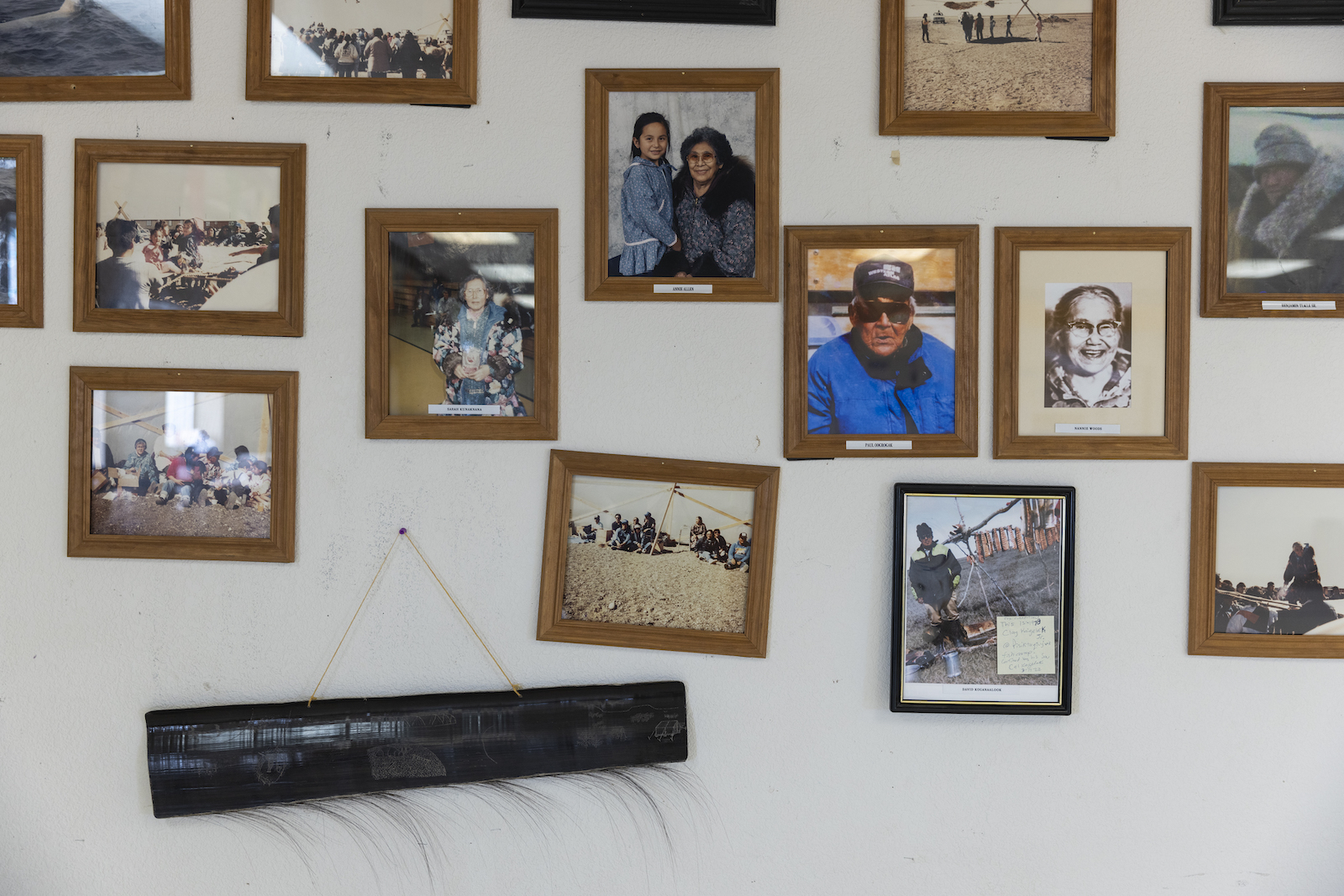
Children play near the Nuiqsuit community center, left. Photographs of elders hang in the community hall in Nuiqsut, right. Nathaniel Wilder
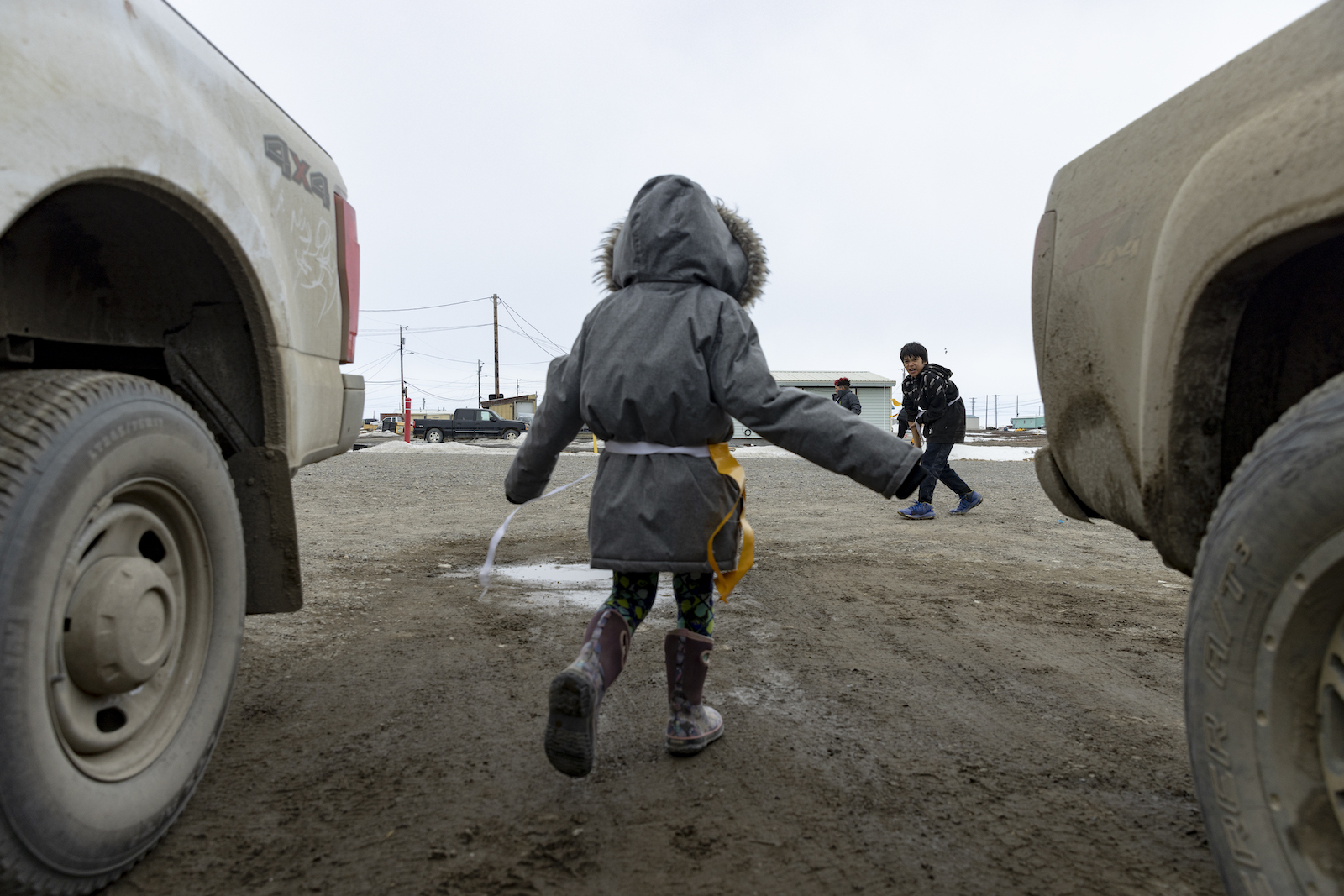
That same year, the village filed its first-ever lawsuit challenging the Interior Department’s approval of ConocoPhillips’ winter exploration work. A court ultimately decided in the company’s favor, but it marked a turning point in relations between Nuiqsut and the fossil fuel industry on the North Slope. Ahtuangaruak, a former physician’s assistant and public health aid, was elected mayor in November 2021, and she attributes her victory in part to growing opposition to new oil and gas development.
Nearly 100 percent of Nuiqsut households depend on subsistence hunting and fishing, which has already been affected by decades of industrial development. According to the Bureau of Land Management, which is part of the Interior Department, oil and gas activity has made it more difficult for residents to access traditional use areas. Willow’s footprint would overlap with some of the most important hunting and fishing grounds in the region. Under ConocoPhillips’ preferred development scenario, there would be an estimated 3.2 million vehicle trips over the lifetime of the project, many of them in areas currently used by subsistence hunters.
“We don’t know what’s going to happen once they get that project going,” said Gordon Brown, a member of the village corporation’s subsistence oversight panel. “Are we going to lose our caribou, or are we not? That’s the big thing.”
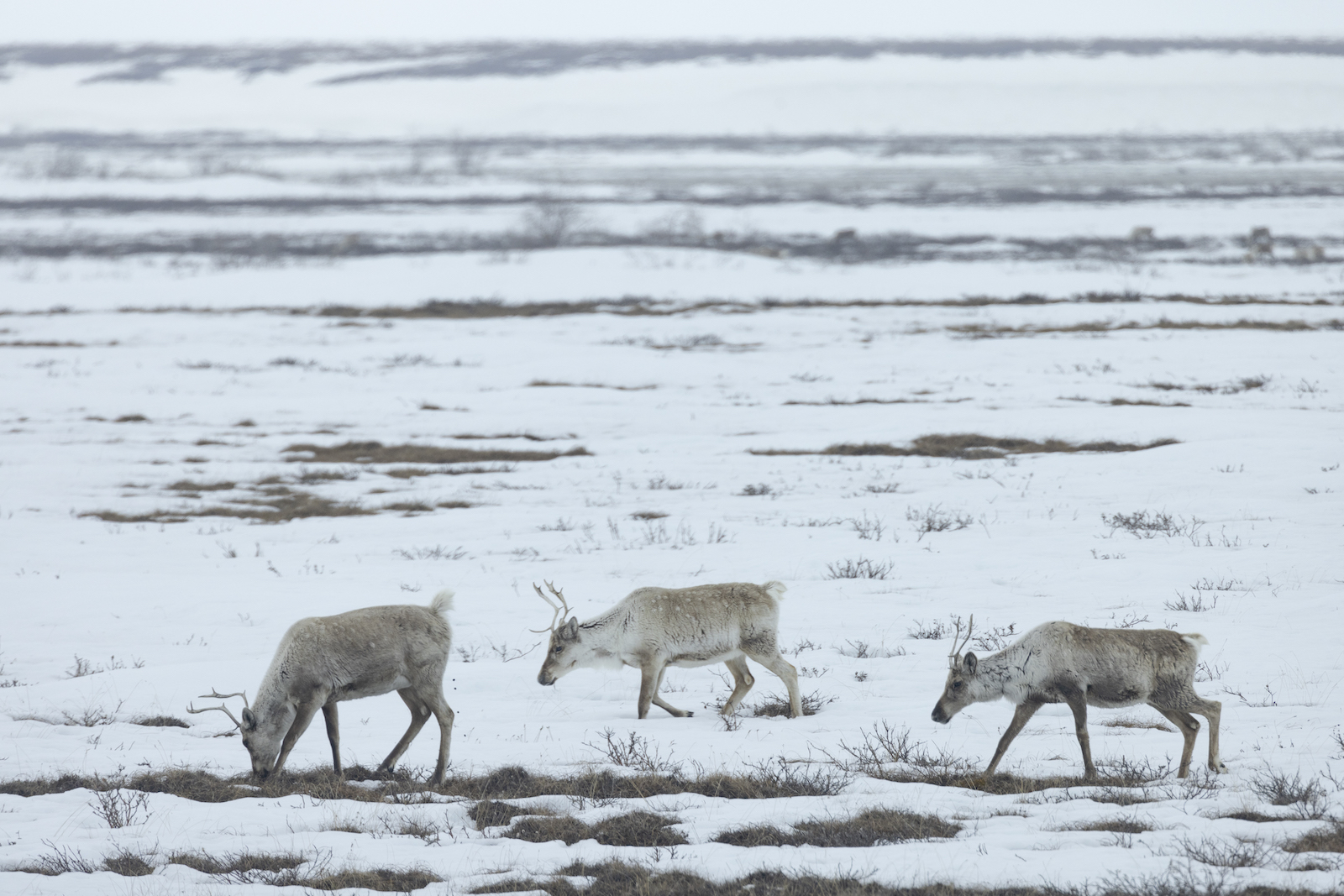
Some of the development, including gravel roads and pipelines, would be built within a special conservation area around Teshekpuk Lake, the largest body of water on the North Slope and critical calving grounds for the Teshekpuk caribou herd. And, just as it did with Alpine, ConocoPhillips has plans to expand its development further west, designs it refers to as “greater Willow 1 and 2.”
Ultimately, the final decision on Willow will be made not in Nuiqsut but well over 3,000 miles away in Washington, D.C. In April, Interior Department Secretary Deb Haaland traveled to Alaska, fulfilling a promise she’d made to Alaska’s two Republican senators, Lisa Murkowski and Dan Sullivan, during her confirmation hearings. Her trip included a stop in Utqiagvik, the North Slope borough seat, where she sat down with local leadership and representatives from Native corporations, including Kuukpik and the Arctic Slope Regional Corporation, according to a Department of the Interior employee who requested anonymity because they were not authorized to speak about the event. Kuukpik and the Arctic Slope Regional Corporation have voiced their support for the Willow project.
Haaland’s trip came just two months after Russia invaded Ukraine and threw the world into an energy crisis. A few days before she arrived, Senator Sullivan and North Slope Borough Mayor Harry Brower published an op-ed urging the secretary to quickly complete the Willow environmental impact statement and invoke emergency measures to expand oil and gas development in the National Petroleum Reserve.

“Roughly the size of Indiana, the [National Petroleum Reserve] was set aside in 1923 specifically for oil production in case of emergencies,” they wrote. “We believe that Russia’s invasion of Ukraine, the disruption this is causing energy markets, and the astronomical prices Americans are paying at the pump, all constitute an emergency.”
The new draft environmental impact statement published in July includes a brief, two-paragraph discussion of the events at Alpine and notes that the same shallow layer of sandstone, known as the Halo formation, that was the source of the leak is also present at Willow. But key questions related to the leak remain unanswered, scientists say, raising concerns about the potential for similar accidents if Willow moves forward.
In particular, experts who spoke to Grist and Type Investigations say they were surprised that ConocoPhillips, despite decades of drilling in the Arctic, was unable to detect the presence of significant amounts of natural gas in the area where the leak occurred. The company, which has since conducted new three-dimensional seismic surveys of the area, has not explained the anomaly.
In a written statement, Dennis Nuss, a ConocoPhillips spokesperson, said the company took federal guidelines and environmental concerns into account when designing the Willow project. “Arctic engineering principles are present throughout Willow’s design, and they include practices that are widely used and designed to promote safe, environmentally sound operations,” Nuss said.
Meanwhile, the draft environmental impact statement for Willow has only a few pages devoted to permafrost thaw, an issue that will continue to complicate drilling on the North Slope. The Interior Department said it would not comment on any questions related to the Alpine leak, which occurred on state land, including whether it has had access to the new seismic data.
According to ConocoPhillips, human error was the immediate cause of the leak: Pressure limits exceeded during a routine drilling operation damaged a portion of the well known as the casing shoe about a half-mile underground, creating the initial pathway for gas to escape. Poor cement bonding, which adds another layer of protection between the casing and the surrounding rock, also compromised the integrity of the well. Between March 1 and March 3, before the leak was reported, warning signs were also missed or left unaddressed, ConocoPhillips has acknowledged.
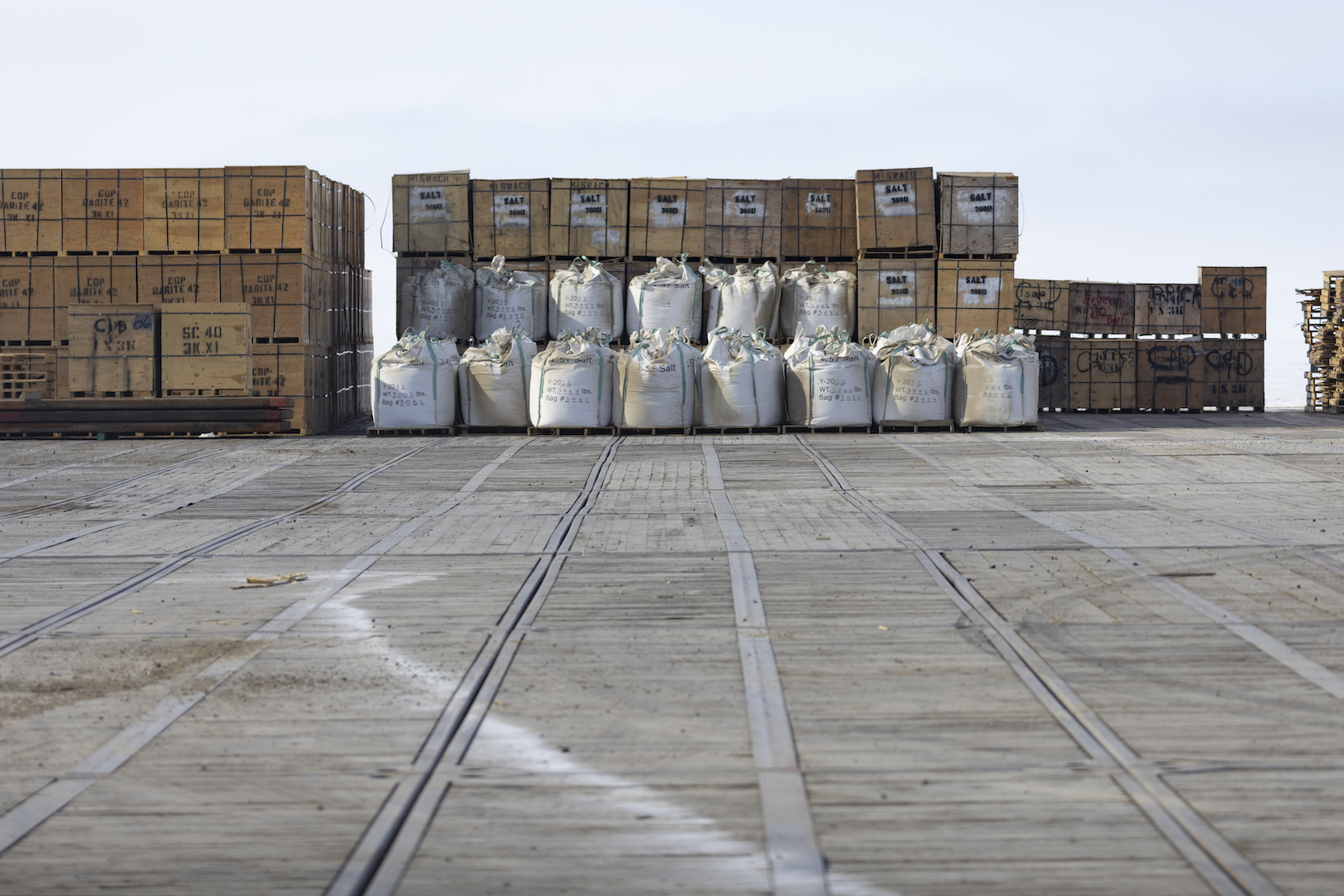
In an April letter to the Department of the Interior, a coalition of environmental groups urged the agency to undertake a more rigorous analysis of potential impacts from gas leaks, blowouts, oil spills, and other accidents. “The leak demonstrates that ConocoPhillips cannot guarantee the safe operation of oil development projects in the region,” they wrote.
In a written statement, ConocoPhillips defended its safety record on the North Slope and said that the permitting process and design principles used at Willow account for the future effects of a rapidly warming climate.
“ConocoPhillips recognizes that it is a privilege to operate on the North Slope and in Alaska, and we have done so safely and responsibly for more than 50 years,” Nuss said. “When planning and permitting projects like Willow, the company works with regulatory agencies, local communities, and other stakeholders to assess and mitigate community concerns and potential impacts related to air emissions, subsistence activities, surface disturbance, water use, wildlife, and people.”
The company also said the Willow project would come with significant benefits for the public — and that there is no reason to further delay construction. Depending on when the Interior Department issues its final decision, ConocoPhillips says it could break ground on the project as soon as this winter.
Just over a week after the court ruling vacating the Willow environmental impact statement in August 2021, ConocoPhillips sent a letter to the Bureau of Land Management’s Alaska office describing the flaws in the document as “discrete and fixable” and asking to work with the agency to “expeditiously move the permitting process forward.” That’s exactly what they did. According to public records obtained by Grist and Type Investigations through a Freedom of Information Act request, ConocoPhillips and the bureau had their first meeting a few days later.
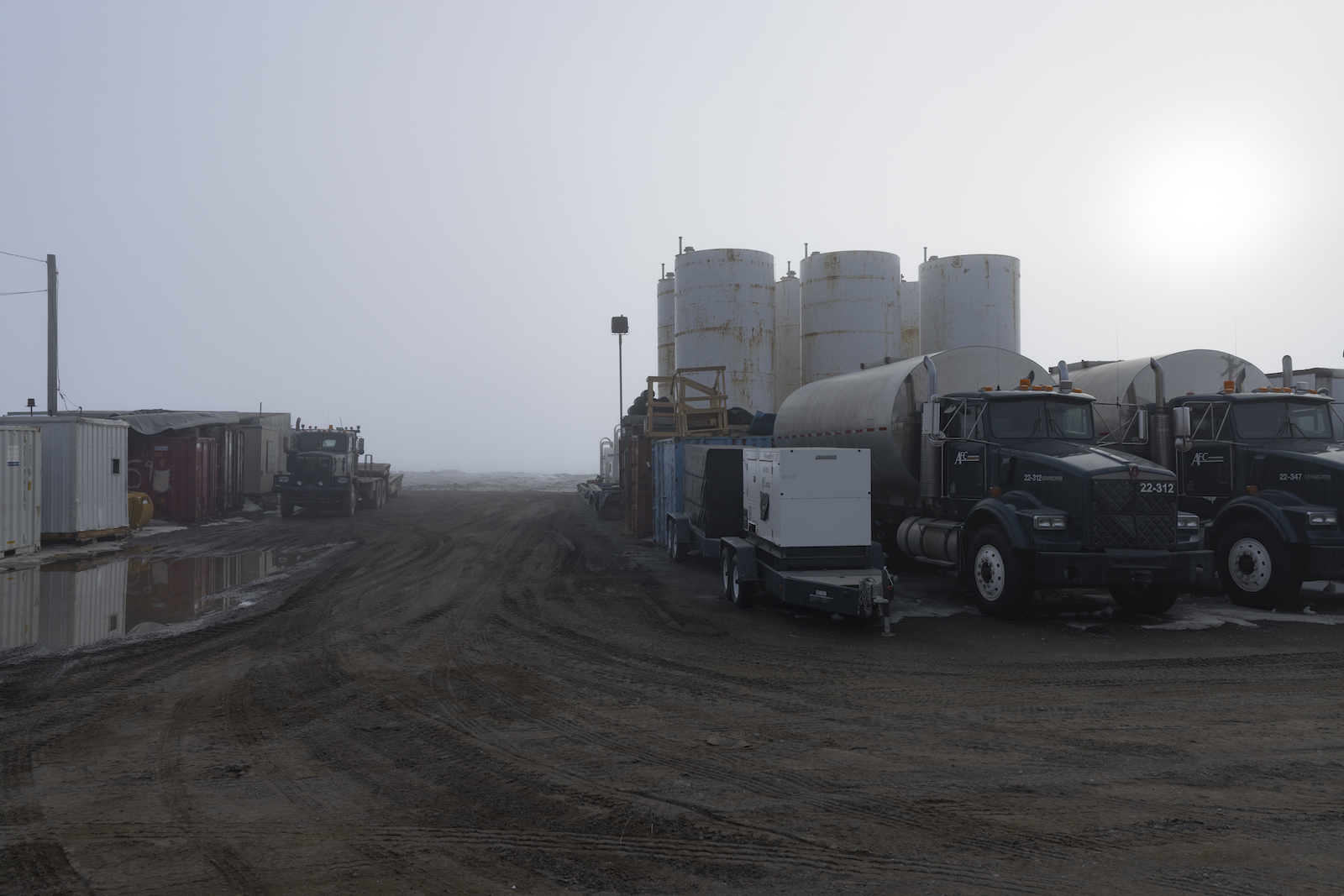
“It shows the depth of influence ConocoPhillips has no matter which party is in office,” said Bridget Psarianos, a former Interior Department employee who now works as a staff attorney at Trustees for Alaska, an environmental organization representing groups who have filed suit against the department over the Willow project.
The draft environmental statement also reveals how the Interior Department and other regulatory agencies depend on assurances from the oil and gas industry that may not always turn out to be reliable, especially in a rapidly warming environment. The statement echoes some of the same assumptions that led to the leak at ConocoPhillips’ Alpine site. According to the incident report, ConocoPhillips’ decision to forgo the use of cement casing around the portion of the well where the leak occurred was based on the assumption that there was little to no gas present in the 3,000-to-4,000-foot deep formation. (In ConocoPhillips’ words, it was not considered a “significant hydrocarbon zone.”) This turned out to be wrong. But Lewis, the former petroleum engineer, said that Interior appears to have reached a similar conclusion for Willow, where the same geological formation is found, without providing much evidence to support it.
In a written statement, the Interior Department said it made its determination after reviewing seismic studies and proprietary data from wells drilled in the project area, which cannot be released to the public.
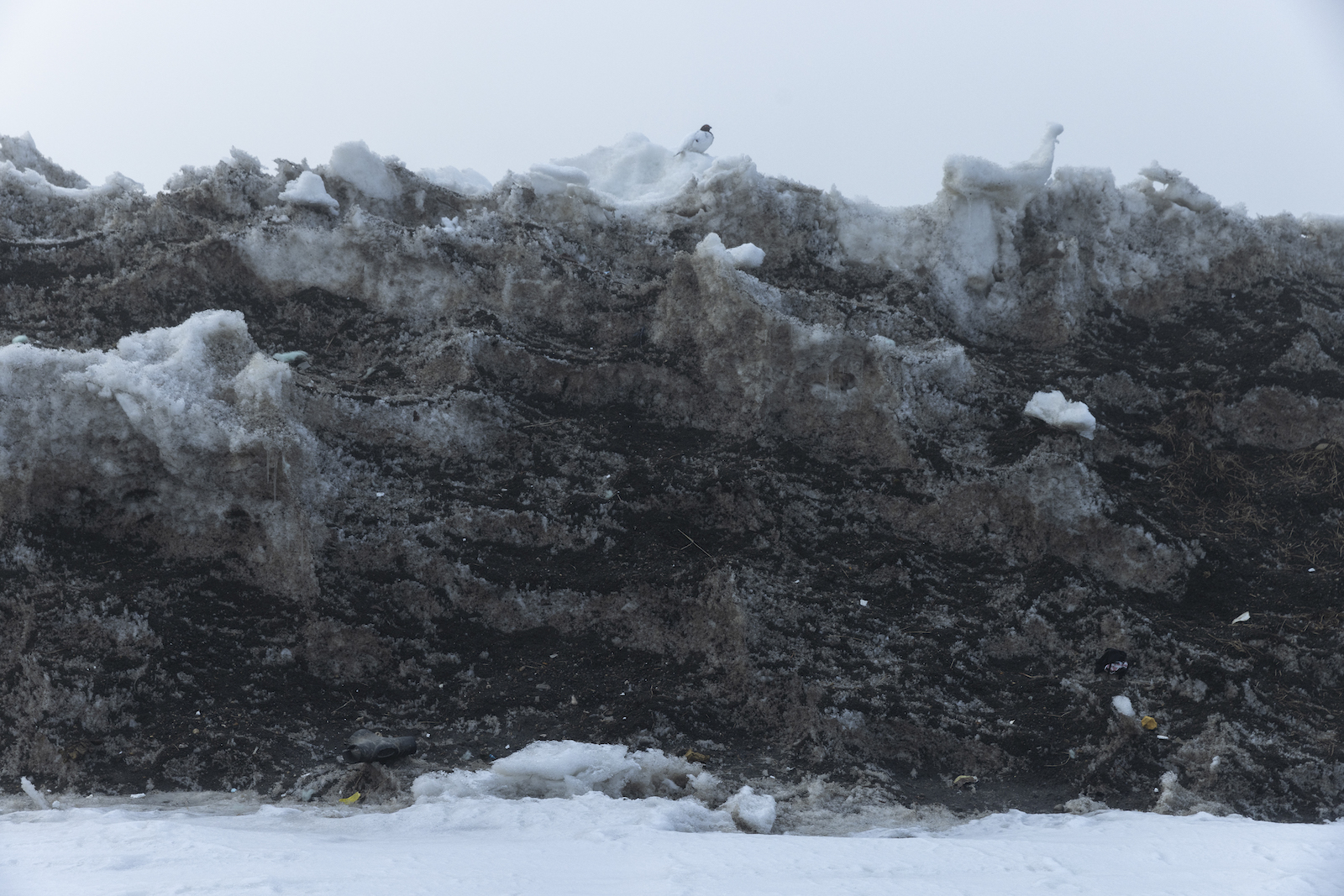
Lewis said that the paragraphs in the draft environmental impact statement devoted to the leak rely almost entirely on information provided by ConocoPhillips and “read like industry-supplied text.” (The Interior Department declined to comment on Lewis’ assertion.) Because the geological formation in the Willow project occurs at a shallower depth than it does at Alpine, the Interior Department says planned wells would be fully cemented, providing additional protection in the event of an accident. “This would further reduce the already very low risk of a shallow-gas leak,” the environmental impact statement reads.
But Mark Myers, the retired petroleum geologist and former director of the Alaska Division of Oil and Gas, said that the agency needs to do more to ensure that leaks like the one at Alpine don’t happen again. Myers argued that the agency should incorporate whatever ConocoPhillips has learned about the underlying geology through newly conducted seismic surveys at Alpine into its planning for the Willow project. In addition, he said there should be a more robust permafrost monitoring program at the Willow site in order to evaluate changes and possibly modify standards for pad construction.
The Department of the Interior said that the current design of the Willow project “accounts for the expected conditions” over the project’s anticipated 30-year lifespan.
Meanwhile, ConocoPhillips continues to expand its footprint in and around Nuiqsut. In May, the company announced that it had successfully tested a new Alpine rig dubbed “The Beast” capable of drilling up to 7.5 miles in any direction. It’s often noted that Nuiqsut is encircled by oil and gas development. That circle is growing closer.
Late one evening in May, Ahtuangaruak drove me out along the road that runs south of the village. The sun was still bright, and snow geese angled overhead. We passed a lake that provides Nuiqsut’s drinking water and eventually came to a bluff overlooking the Colville River, not far from where the original inhabitants of the village had settled in the early 1970s.
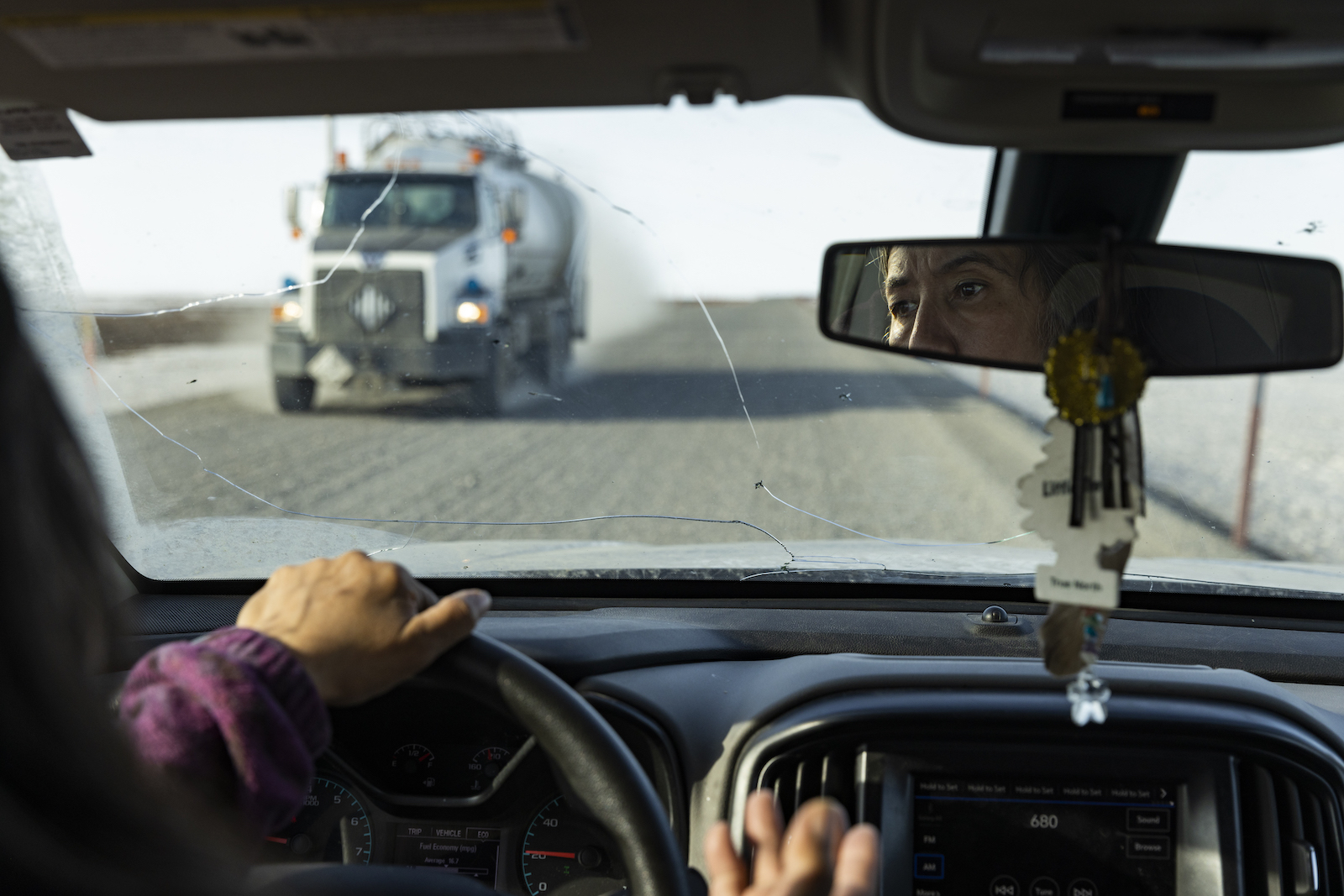
Ahtuangaruak pointed out seismic tracks on the surface of the river, still covered in snow, running in a grid-like pattern toward the village. Kuukpik, Nuiqsut’s village corporation, had recently completed new seismic surveys covering 59 square miles of land as part of another project, known as Narwhal, including areas in and around the village. These surveys will be used to provide the location and estimates of oil and gas reserves in the area.
“We fought it,” said Ahtuangaruak. “They did it anyway.”
Looking out at a landscape that had undergone profound changes in the last 40 years, Ahtuangaruak explained that Nuiqsut is an Iñupiat word meaning “beautiful place on the horizon.” She still believes that to be true, but doesn’t know how much more development the village can endure. Part of the area surveyed this winter and spring includes leases directly underneath the village that have already been sold. The buyer? ConocoPhillips.

